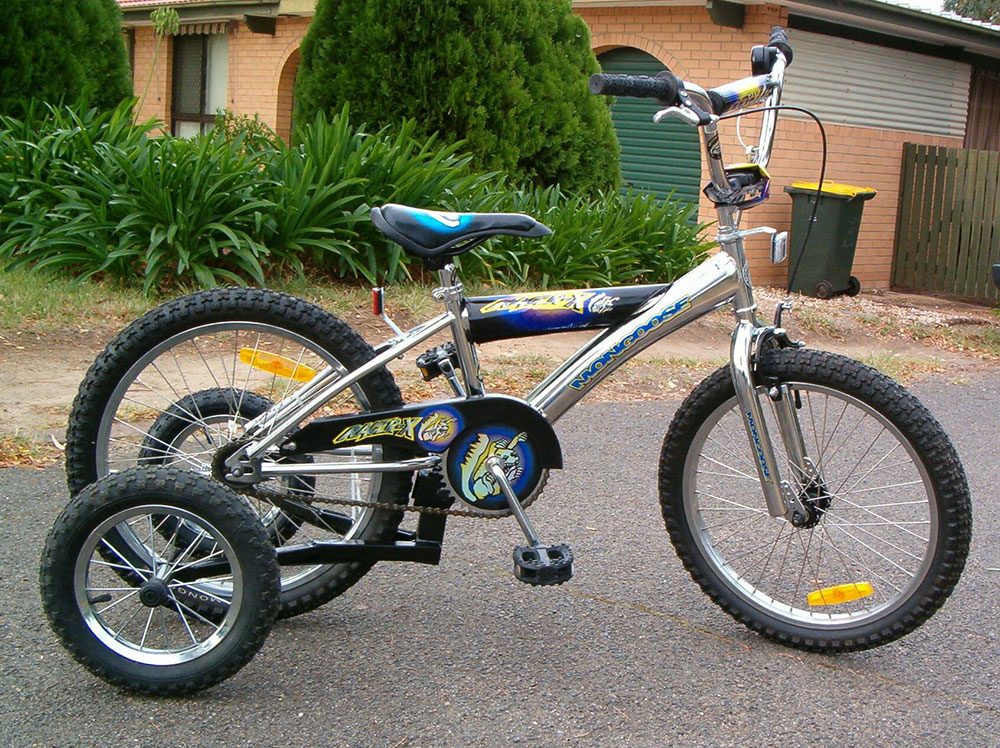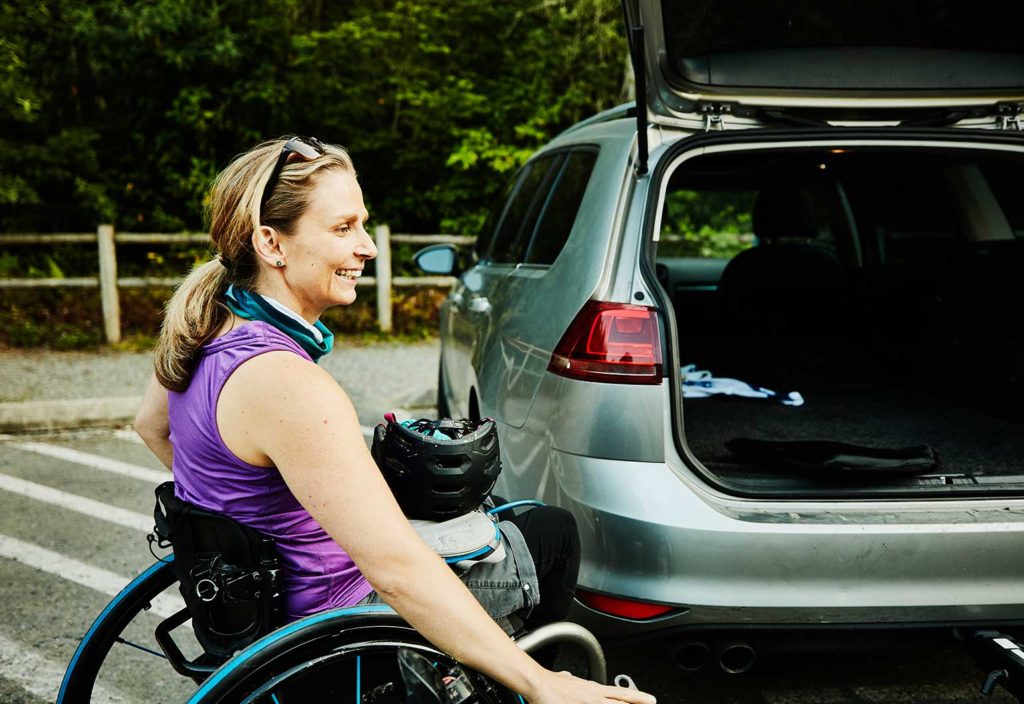Groups representing people with disability are calling on the government to mandate accessibility standards as part of the construction code. create spoke to one volunteer who is already working to make the world a more accessible place.
More than 30 organisations have written an open letter to the Prime Minister and state and territory leaders urging them to “future-proof Australian housing” through mandatory accessibility standards as part of the national construction code.
Known as the Building Better Homes Campaign, the group wants to ensure any new home built in Australia is required to meet accessibility requirements — just as homes are required to meet safety standards.
Fortunately, there are already programs operating for engineers to help the disability community. Engineers Australia member Christopher Diener CPEng(Ret) was awarded a Medal of the Order of Australia last month for service to people with a disability, primarily through his volunteer work with Technology for Ageing and Disability ACT (TADACT).
TAD organisations began in Victoria and New South Wales at the start of the 1970s and now have more than fifty volunteers, including architects, doctors and engineers.
Former mechanical engineer Diener told create how he applies the skills he learned in his professional career to life as a volunteer.
“TADACT volunteers aim to provide solutions to the obstacles hindering people with disability in line with the clients’ abilities,” he said.
“This can be done by modifying commercial equipment or designing and constructing custom-made equipment. Consultation with various therapists together with clients and family is part of developing solutions.”
The design and construction of the equipment is undertaken by one or more volunteers, Diener said, in consultation with a project officer. Not all TADACT projects involve complex or novel designs, but there is usually a component of customisation for each client’s needs.

Designing practical solutions
Engineers working with the organisation start to formulate solutions in a number of ways.
“We consider whether the requirements of the client, the abilities of the client and the environment are matched with available commercial equipment to identify required modifications,” Diener said.
“Alternatively, similar designs, perhaps available overseas, or other custom designs, are used as inspiration.
“The priority for each individual client’s requirement is assessed on how urgent the need is and the availability of suitable volunteers. If specialist knowledge is required, then it is possible to divide the project into design and construction components.”
One such example is a project called Freedom Wheels, which provides modified bicycles for people, mostly children, who live with disability.
“TAD arranges for customisation of each bicycle to suit the client, which includes thoracic supports, support wheels, steering control for an attendant and pedal cups to retain the person’s feet. A version was developed for a large off-road bike with sprung suspension,” Diener said.
The organisation has also developed a device to allow children with spine problems to exercise.
“The device, the electromechanical motion generator, or EMG, was used at Cranleigh School for some years,” he said.
“The EMG used motors from mobility scooters, with electronic control of speed and amplitude of the motion using a Raspberry Pi computer.”
Volunteers also worked on a large project that included the design and installation of a water-powered lift to take a person using a wheelchair from their house to the back garden.
“The alternative was a steep ramp and long journey around the house, which was not practical for the client,” Diener said.
“The hydraulic ramp was installed into the ground and powered with mains pressure water. Hydraulic valves were used to control the system, with interlocks for gates and movement. The system was later updated to use electrical switches and control valves.”
Rewarding retirement
Diener said he joined TADACT because he thought it might be something interesting to do when he retired, and because he could use his talents to help people with disability.
“I find the stimulus of developing solutions for the clients very rewarding, together with developing my capabilities in woodwork, metal work and other materials,” he said.
“Each project is unique. There is always some peculiarity which needs to be addressed, and it keeps the brain active. Problems can also be shared with other volunteers to discuss various ways of achieving a solution.”
Since joining the organisation as a project officer, Diener said he has found most of the volunteers share a similar outlook.
“For any engineers or technically oriented people looking for something after retirement, or even before, I can recommend joining a TAD in their area,” he said.
“Particularly, as the scope of digital devices increases, TADs are looking for people with programming skills.”
